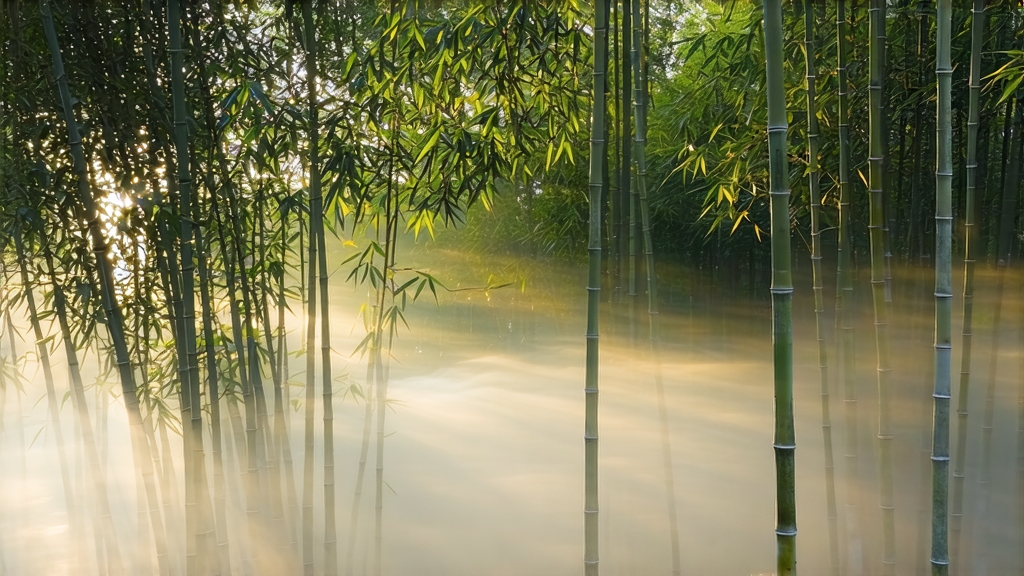
Tucked into the northern corner of Zhejiang Province, where bamboo groves exhale cool mist even at midsummer, lies a tiny county whose name most Chinese tea lovers whisper with reverence: Anji. For roughly forty days each spring, its slopes offer one of the most visually arresting and sensorially subtle gifts in the entire green-tea universe—Anji Bai Cha, literally “Anji White Tea.” The paradoxical name confuses novices: it is not a white tea in the orthodox sense, but a green tea whose fresh leaf is so pale that local monks once called it “jade frost.” Understanding why the leaf lacks chlorophyll for a fleeting fortnight, how that absence translates into a liquor of almost impossible softness, and why the tea was virtually unknown outside China until the 1990s is to follow a thread that begins in the Song dynasty and ends in your own teapot.
Historical whispers
The first written record appears in the Song-era “Da-Guan Tea Treatise” (1107 CE), where Emperor Huizong lists “Bai Cha” among the tribute teas sent to his court. A 12th-century monk from Tianmu Mountain later wrote that “the palest leaf yields the sweetest dew,” a line scholars now link to Anji’s unique cultivar. For eight centuries afterward the tea vanished from archives; the few ancient bushes growing wild on Anji’s cliffs were considered botanical oddities rather than crop. Everything changed in 1982, when a county agronomist took cuttings from a single 300-year-old mother tree, selectively bred for low-chlorophyll expression, and launched the modern industry. In less than forty years Anji Bai Cha has risen from obscurity to become one of China’s most coveted spring green teas, commanding prices that rival top-grade Longjing.
The cultivar: nature’s albino
Botanically classified as Camellia sinensis var. sinensis ‘Baiye #1’, the Anji cultivar carries a temperature-sensitive albino mutation. When spring nights stay below 23 °C, the tender buds and first two leaves contain only 0.2 % chlorophyll—one-tenth the level of normal green tea—while amino acids, especially L-theanine, climb to 5–7 % of dry weight. The result is a leaf that looks almost translucent jade-white under sunlight and possesses the highest natural sweetness index of any Chinese green tea. After the Qingming festival the thermometer rises, chlorophyll rushes in, and the same bush becomes an ordinary green-leaf tea overnight. Thus the entire harvest window compresses to about twenty days in late March and early April, making every kilo a captured moment.
Terroir: bamboo, mist, and granite
Anji County sits at 30.5 °N on the Tropic of Cancer’s northern edge, where subtropical humidity collides with cool air sliding down from Tianmu Mountain. Bamboo forests—covering 60 % of the county—act as natural humidifiers, releasing water vapor at night and buffering temperature swings. The soil is a coarse granitic loam, rich in potassium yet fast-draining, forcing roots to struggle and concentrate flavor. Average altitude of 600 m places the gardens inside a cloud belt that filters sunlight into soft, diffused rays, further suppressing chlorophyll and boosting amino acids. In ecological terms the region is a “bamboo sea above granite bones,” a phrase local farmers recite like scripture.
Plucking ritual: one bud, one leaf, dawn only
On any given spring morning at 4:30 a.m. you can see head-lamps flickering like fireflies across the terraces. Pickers—mostly women who have pruned fruit trees all winter—work in pairs, singing short call-and-response couplets to keep their fingers moving. Standard is “one bud, one leaf, 2.5 cm length,” plucked within forty-eight hours of the bud’s first opening. Anything longer or later develops the grassy tannin that would shatter the tea’s hallmark serenity. A skilled picker gathers barely 500 g of fresh leaf in three hours; it takes 55,000 such sets of bud-and-leaf to make one kilogram of finished tea.
Crafting jade frost: the nine-step choreography
Anji Bai Cha is pan-fired, yet its craft is gentler than that of Longjing. The nine steps unfold over four hours:
- Withering – 30 min on bamboo trays in a drafty corridor; leaf loses 8 % moisture and the